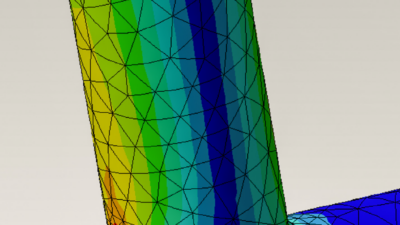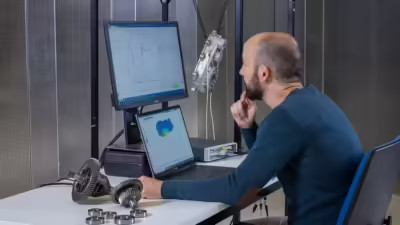The final phase of a simulation study, post-processing allows engineers to visualize and understand their analysis.
Post-processing is the final phase in a simulation study when engineers analyze and visualize results to evaluate the design. This includes creating charts, graphs, images and animations to interpret the data and gain insights. It also includes running statistical analyses to validate the data and creating reports or presentations to communicate results and make informed decisions.
Some simulation software platforms include post-processors with various options to streamline workflows and make analyses easier. However, engineers can also export data from a solver and import it into separate post-processing or data analysis software. Some third-party software, including open-source tools, are optimized for specific techniques and datasets. Therefore, engineers should consider their simulation technique, data size and complexity when selecting a post-processor.

Although post-processing software can generate cool-looking pictures and impressive animations, the focus is less on creating appealing visuals and more on assessing results and gaining knowledge.
During post-processing, engineers must leverage their experience and mathematical and scientific training to evaluate the entire study and determine whether the results make sense. Recall that a simulation study starts with pre-processing a model under defined conditions, then discretizes the model’s governing PDEs into algebraic equations and solves the system of equations as an approximation of real-world phenomena. Pre-processing inaccuracies directly affect post-processing results and can give inaccurate representations of the model’s behavior.
Things to keep in mind:
- While planning a simulation study, clearly define the problem and what you want to achieve during post-processing.
- Select the right post-processing software that satisfies the study’s goals.
- Analyze the data for accuracy, validity and reliability to ensure the dataset makes sense and to evaluate the entire study.
- Consider who will use your results and ensure visuals are easy for such audiences to understand.




